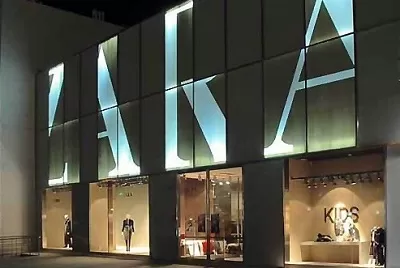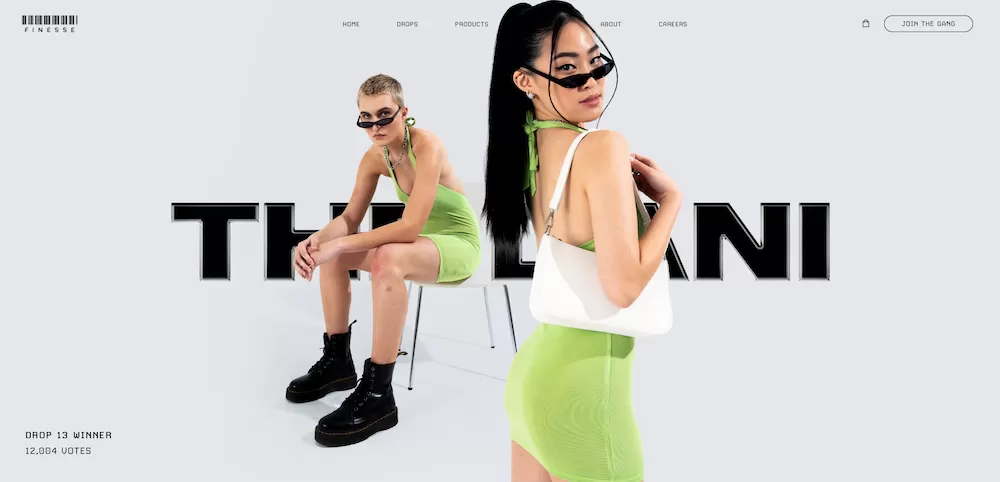The Secret of Zara’s Success, an exercise in customer co-creation. Zara is one of the world’s most successful fashion retail brands – if not the most successful one. With its dramatic introduction of the concept of “fast fashion” retail since it was founded in 1975 in Spain, Zara aspires to create responsible passion for fashion amongst a broad spectrum of consumers spread across different cultures and age groups.
Many factors have contributed to the success of Zara but one of its key strengths, which has played a strong role in it becoming a global fashion powerhouse as it is today, is its ability to put customers first. Zara is obsessed with its customers, and they have defined the company and the brand’s culture right from the very beginning.
The Zara brand story
Zara was founded by Amancio Ortega and Rosalía Mera in 1975 as a family business in downtown Galicia in the northern part of Spain. Apart from fashion brands, Amancio Ortega has also set up a global real estate investment fund, Pontegadea Inversiones, which manages corporate offices across 9-countries, including The United States (Seattle), Britain (London), France (Paris), Canada, Italy, South Korea. These corporate properties house large companies, including Facebook, Amazon and Apple, and prestigious luxury and retail brands.
The Zara brand strategy
In 2019, Zara was ranked 29th on global brand consultancy Interbrand’s list of best global brands. Its core values are found in four simple terms: beauty, clarity, functionality and sustainability.
The secret to Zara’s success has largely been driven by its ability to keep up with rapidly changing fashion trends and showcase it in its collections with very little delay. From the very beginning, Zara found a significant gap in the market that few clothing brands had effectively addressed. This was to keep pace with the latest fashion trends, but offer clothing collections that are a combination of high quality and yet, are affordable.
The brand keeps a close watch on how fashion is changing and evolving every day across the world. Based on the latest styles and trends, it creates new designs and puts them into stores in a week or two. In stark comparison, most other fashion brands would take close to six months to get new designs and collections into the market.
Customer co-creation: Zara’s principal designer is the customer
Zara’s unrelenting focus on the customer is at the core of the brand’s success and the heights it has achieved today. There was a fascinating story about how Zara co-creates its products leveraging its customers’ input. In 2015, a lady named Miko walked into a Zara store in Tokyo and asked the store assistant for a pink scarf, but the store did not have any pink scarves.
The same happened almost simultaneously for Michelle in Toronto, Elaine in San Francisco, and Giselle in Frankfurt, who all walked into Zara stores and asked for pink scarves. They all left the stores without any scarves – an experience many other Zara fans encountered globally in different Zara stores over the next few days.
Customer insights are the holy grail of modern business, and the more companies know about their customers, the better they can innovate and compete. But it can prove challenging to have the right insights, at the right time, and have access to them consistently over time.
Zara’s super-efficient supply chain
Zara’s highly responsive, vertically integrated supply chain enables the export of garments 24 hours, 365 days a year, resulting in the shipping of new products to stores twice a week. After products are designed, they take around 10 to 15 days to reach the stores.
This vertical integration allows Zara to retain control over areas like dyeing and processing and have fabric-processing capacity available on-demand to provide the correct fabrics for new styles according to customer preferences. It also eliminates the need for warehouses and helps reduce the impact of demand fluctuations.
Zara produces over 450 million items and launches around 12,000 new designs annually, so the efficiency of the supply chain is critical to ensure that this constant refreshment of store-level collections goes off smoothly and efficiently.
Sustainability at the core of Zara’s operations
Sustainability has been a hot topic in business for the last decade and is now quickly becoming a must-have hygiene factor for companies that want to resonate with and win the loyalty of their global customers. For Inditex, this means committing people and the environment.
Additionally, Inditex takes wide-ranging measures to protect biodiversity, reduce its consumption of water, energy and other resources, avoid waste, and combat climate change. For example, it has outlined a global water management strategy, specifically committing to zero discharge of hazardous chemicals. It has also been expanding its waste reduction programme through which customers can drop off their used clothing, footwear and accessories at collection points in 2,299 stores in 46 markets today.
The Zara brand communication strategy
Zara has used almost a zero advertising and endorsement policy throughout its entire existence, preferring to invest a percentage of its revenues in opening new stores instead. It spends a meagre 0.3 per cent of sales on advertising compared to an average of 3.5 per cent by competitors.
The brand’s founder Amancio has never spoken to the media nor has in any way advertised Zara. This is indeed the mark of a truly successful brand where customers appreciate and desire the brand, which is over and above product-level benefits but strongly driven by the brand experience.
Instead of advertising, Zara uses its store location and store displays as key elements of its marketing strategy. By choosing to be in the most prominent locations in a city, Zara ensures very high customer traffic for its stores.
According to Zara’s philosophy of fast fashion, the window displays are constantly changing. This strategy goes down to how the employees dress as well – all Zara employees are required to wear Zara clothes while working in the stores, but these “uniforms” vary across different Zara stores to reflect socio-economic differences in the regions they were located.
This effectively communicates Zara’s focus on the mass market, yet another detail that reflects its close attention to the customer.
Zara’s future brand and business challenges
Amancio Ortega plans to spend USD 1.1 billion scaling up its digital strategy and online capabilities next year and a further USD 2 billion in stores to improve integration between online and offline for faster deliveries and real-time tracking of products.
Its goal is for online sales to constitute at least 25% of total sales. To achieve this goal, Zara will need to think of new ways to engage its customers digitally, not just through its online store, but through online communities and social media.
Mobile commerce: Zara woke up late to the potential of mobile commerce and needs to catch up fast with competitors. Different forms of market analysis strongly point towards a scenario wherein spending on mobile commerce will overtake desktop-based ecommerce later this year.
On average, most brands currently get about 15-20% of their website traffic via mobile devices and this is growing rapidly. With the deluge of investments planned in the mobile commerce space and Zara’s competitors already having an advantage on the mobile front, Zara needs to quickly make mobile shopping not only an effortless experience but also a delightful one.
Conclusion:
Take Zara’s cue and listen to your customers
The Zara brand was born with a keen eye on its customers – its ability to understand, predict and deliver on its customers’ preferences for trendy fashion at affordable prices. In addition to its effective supply chain, the brand’s ability to have its customers co-create designs is unique and provides it with a competitive advantage.
Most fashion trends often start unexpectedly, originate from uncommon places and grow out of nowhere. Concerning the pink scarf trend mentioned above, it could have been that Hollywood actress Scarlett Johansson had worn a pink scarf to a charity gala the evening before in Los Angeles. The fact that Zara was able to quickly jump on to this trend and provide hundreds of customers with the pink scarves they desperately wanted to buy.
In a world swamped with Big Data, and yet more collected at an even more rapid pace than before, brands still need to be careful and observant. Big Data does not provide answers to all business challenges, and it may be too hyped to be considered as the Holy Grail, but isn’t far off.
One of the secrets behind Zara’s global success is the culture and the respect for the fact that no one is a better, authentic trendsetter than the customer himself or herself – and this philosophy needs to be continually reflected in all its business strategies going forward.





